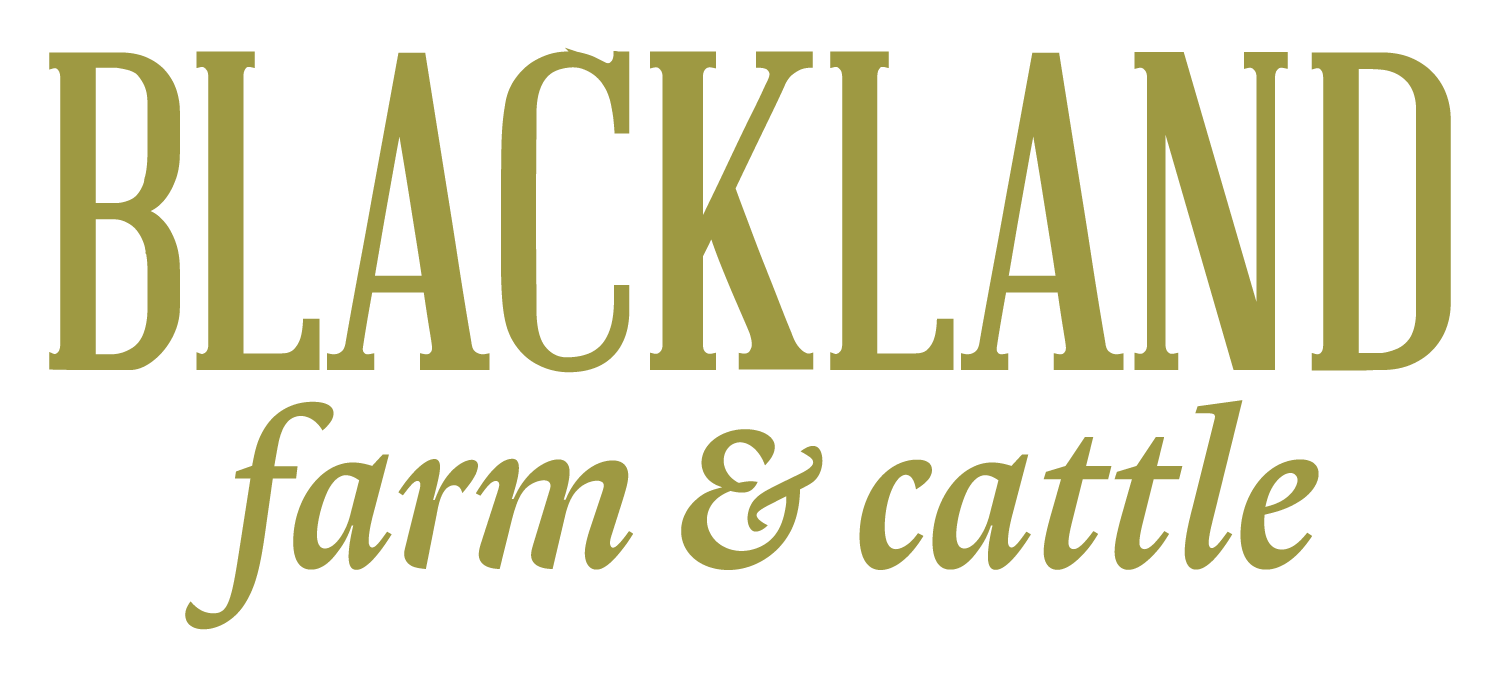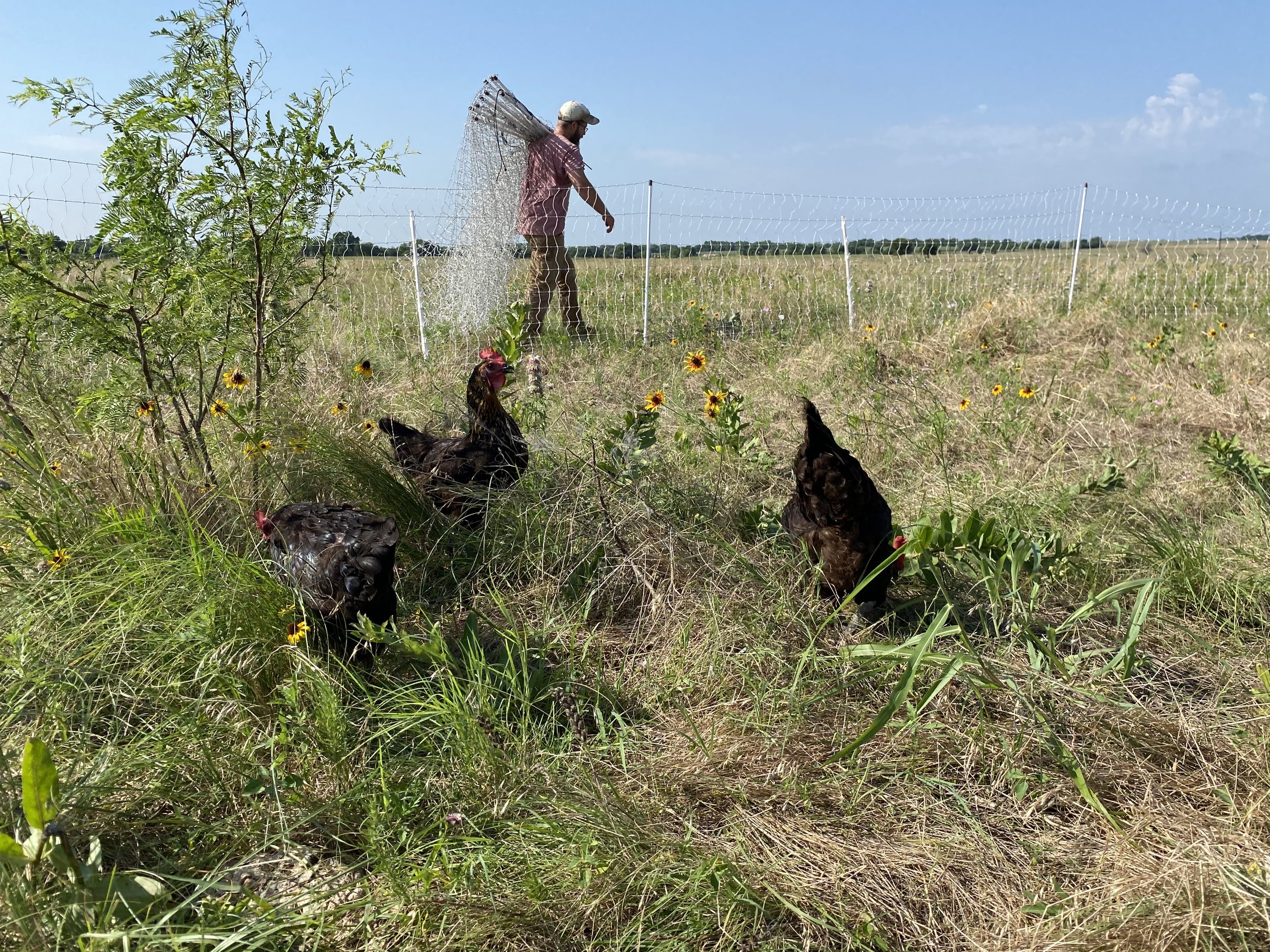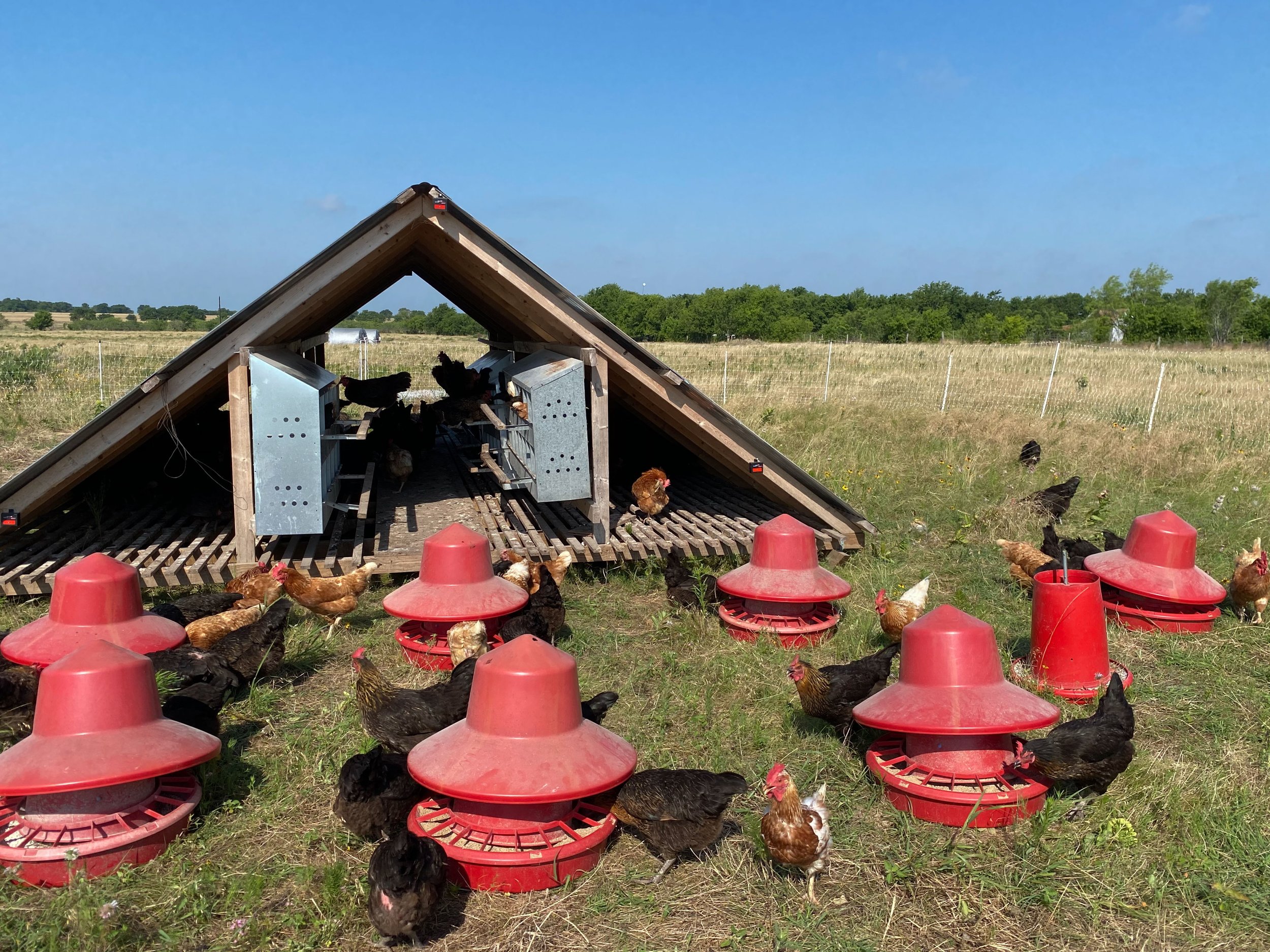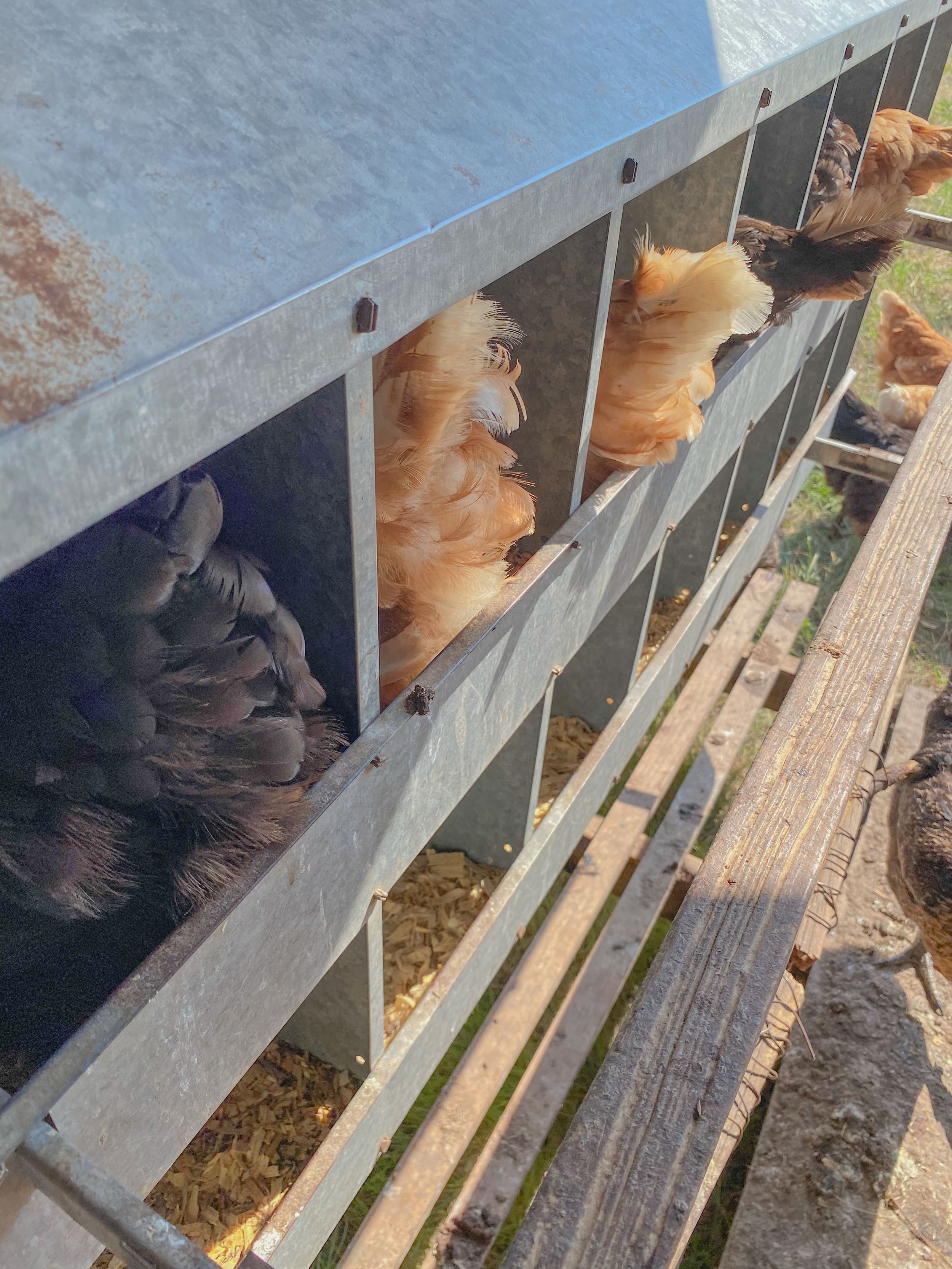The Seasons Change - And So Do Yolks!
Although it’s still technically spring here in Central Texas, it’s mid-June, you know what the season really feels like!
Our chickens thrive on the spring and early summer grass and forage at the farm. We get an abundance of spring clover in our pastures, and the chickens devour it! The results are happy chickens and eggs with lovely orange yolks in the early spring. Todd and I went as wild as the chickens over the increased presence of clover and more diverse forage in our pastures. The large pasture in the front of the farm (that the chickens largely move through) started with extremely compacted soils, bare ground, and a lack of diversity. We have seen VAST improvements due to our chickens (and their manure) and careful grazing management of both our cattle and poultry.
Now the season is changing, and we are approaching the hot part of the year. As spring warms up into summer, the colors of the egg yolks fade a little. Although we don’t normally think of them this way, eggs are a seasonal product. They have peaks in size, color, and abundance throughout the year.
Honestly, sometimes I think it would make more sense for Todd and I to measure our year by the egg scale. Are they jumbo, deep gold, and plentiful? It’s March. Have numbers decreased and yolks paled in color? Yup, it’s June. Are we getting cute, tiny eggs? The pullets have started laying, it’s October, get ready for Halloween!! Have numbers and size leveled off? It’s definitely Fall, winter is coming, and I guarantee that farmer and fowl are ready for cooler weather.
The real takeaway from seeing changes in egg production is that you can be assured the chickens have been allowed to act naturally. Nature is diverse and changes with the seasons, and those changes are apparent in each and every egg. When the weather heats up and the grasses die back, chickens just don’t forage and eat as much – they’re hot, just like us! Chickens that lay eggs with an extreme vivid orange year-round most likely have feed with supplements like marigold extract or Aztec Orange. The extracts aren’t unhealthy and our feed has marigold extract too, although not in quantities that produce a technicolor yolk. Chickens that are truly pasture-raised (as opposed to just having a small door to “access” pasture) will show variations in yolk color as the forage changes and the season changes.
You may have a favorite grocery store brand with consistent yolks – I’m here to tell you that those chickens live primarily inside with access to sections of pasture through a door. It may be a better situation that conventional eggs, but it’s far from ideal and you can see the negative impact to the land in aerial photos. I say this with confidence because we were approached by such a company, and we asked all the questions we could – up to the point they emailed an NDA that we declined to sign, and we moved no further down that path.
I know what your next question may be, especially knowing that yolk color is not always the ultimate indicator of pasture-raised eggs:
How am I supposed to know what’s really pasture-raised??
Engage your producer in conversation. That’s it! This email and blog post came about from a couple conversations we had about egg color, so Todd and I decided that it was information more of our customers might find valuable. This is just one reason why buying food locally is important. You have the possibility of visiting the farm, getting to know your farmer, and being heard by your farmer! Even if something they do isn’t one of your own ideals – you can have full knowledge of how your food is being raised.
Todd and I are constantly working to improve our pastures and soil health so that appropriate seasonal forage grows all year. It’s almost a catch-22 – better forage should improve yolk color, but we can’t improve our pastures without our chickens! They are both our input (fertilizer) and our output (eggs and meat). All of our animals are raised and managed intentionally – we select specific areas of pasture, move meat birds and cattle every day, and move egg layers at least two times a week. We work every day to first and foremost improve soil health. Nutrient-dense eggs, chicken, and 100% grass-fed beef are just a wonderful side-effect of managing grasslands with respect to the natural ecosystem.
We can assure you that both the quality of the egg and the treatment of the hen are the same! We are simply in light-yolk season, and we are always preparing for the seasons that lie ahead.
Stay well, everyone. Ask questions when you feel moved to do so! We will be here to answer.



